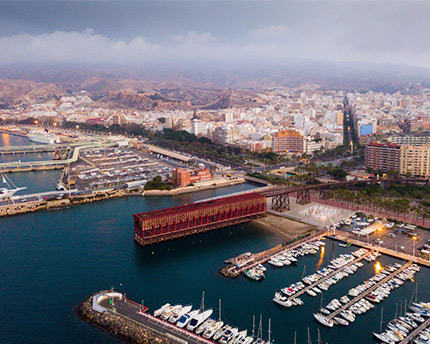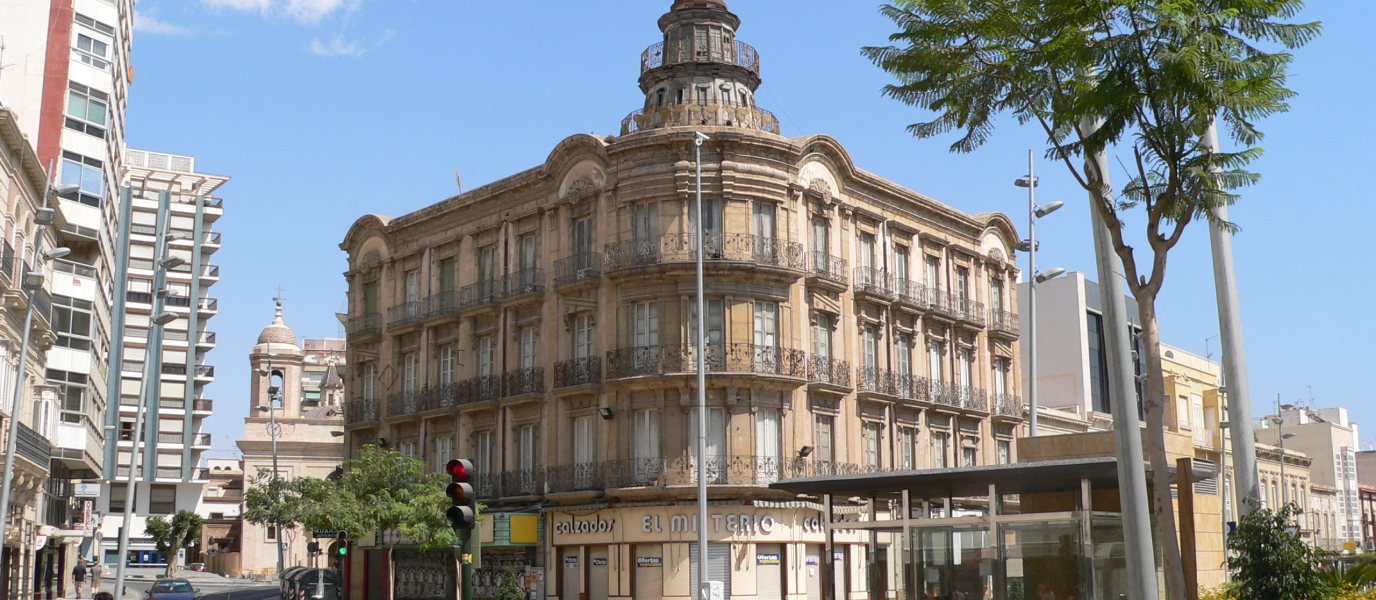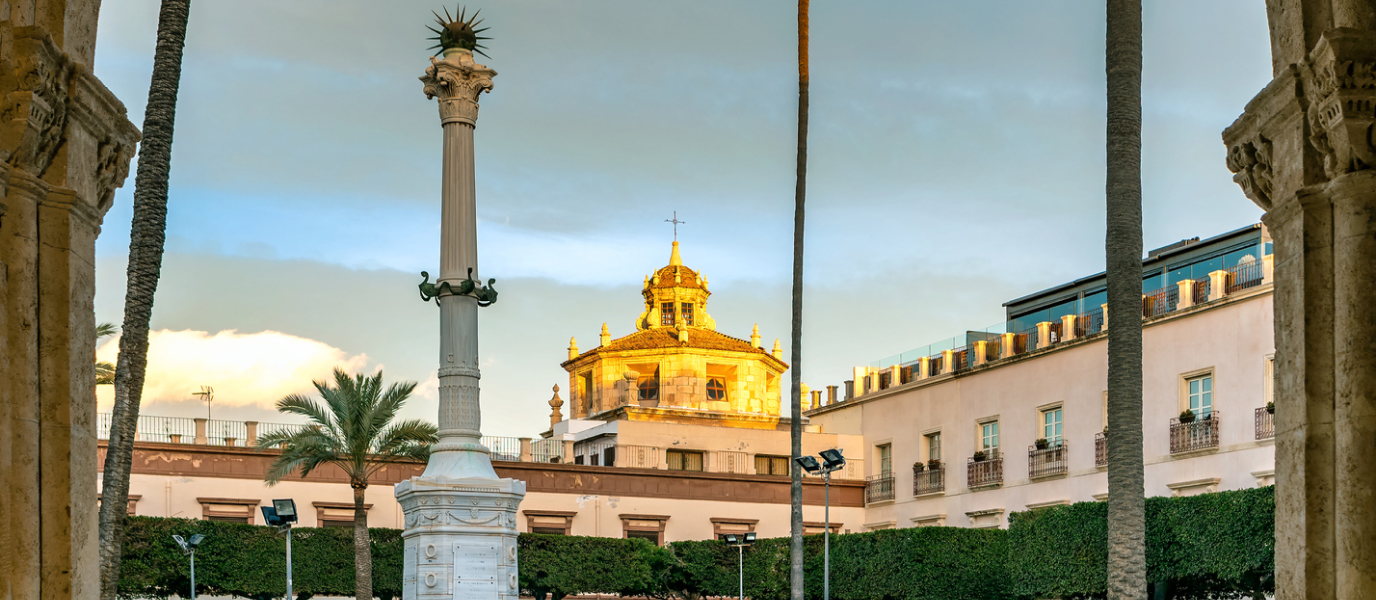The majestic Alcazaba of Almeria looms over the city, an architectural testament of Spain’s Moorish history. The construction of the largest Moorish citadel on the Iberian Peninsula lies at the origins of this Andalusian city.
This monolithic fortress was once used as a threatening lighthouse to ward off vessels sailing to Spain from the Alboran Sea. Today, the Alcazaba acts as a point of reference to help people find their way through the city.
The Alcazaba is more than anything a hallmark for the inhabitants of the city – and maybe even of the entire province. This landmark is an intrinsic part of the heritage of this city. In fact, it owes its name to Abd al-Rahman III who commissioned the construction of the fortification in the 10th century to protect his fleet. He named it Al-Mariyyat, which means watchtower in Arabic, establishing the southern-easternmost city of Andalusia.
The Alcazaba de Almería: a military fortress
Caliph Abd al-Rahman III commissioned the construction of this military fortress in 955 on the site of ancient port city of Pechina. From an architectural point of view, what makes this building so interesting in comparison with other Moorish peninsular fortresses is that it was not a fortified palace. In fact, it was only built to serve military purposes.
The stronghold provided the foundations for a city that would become the most important port city of Spain, opening up trade with all corners of the Mediterranean, including northern Africa, under the Caliph of Cordoba.
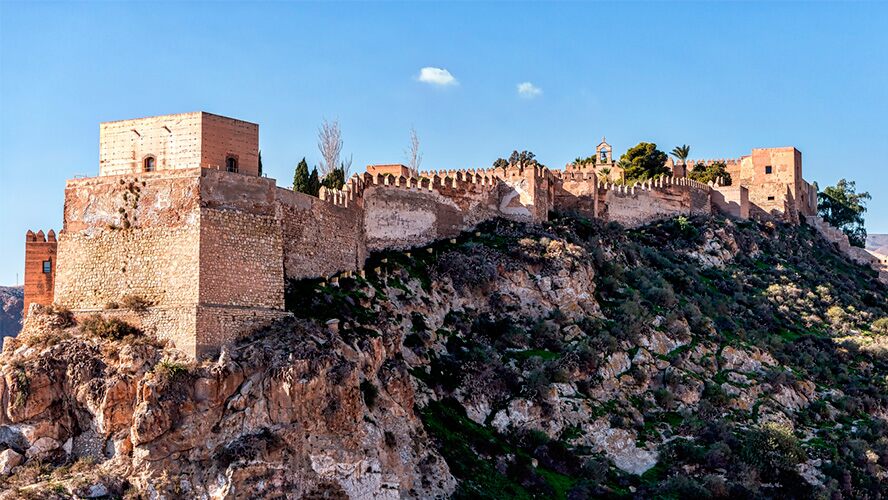
Later, the Caliph Al-Mansur expanded the fortress, but it wasn’t until Al-Jairan took power that the Alcazaba reach its maximum splendour.
Al-Jairan was a very interesting character indeed. Originally a Slavic slave, he held several caliphal administrative positions under Almanzor. He ruled the Taifa of Almeria and Murcia between 1013 and 1028, following the disintegration of the Caliphate of Cordoba. At that time, Moorish Spain was living a moment of political and military upheaval so he ordered the fortified wall to be extended to protect the city from attacks. Today, the impressive wall is known as the Muralla del Cerro de San Cristóbal.
The fortress managed to survive the siege of King Alfonso XII of Aragon in the 12th century, though the city wasn’t as lucky. When the city was reconquered by the Emirate of Granada, the fortress underwent restoration work. However, the city was reconquered by the Catholic Monarchs in their final quest to exert full Catholic reign over the Iberian Peninsula. In 1487, the city fell under Catholic rule – just five years before the fall of Granada.
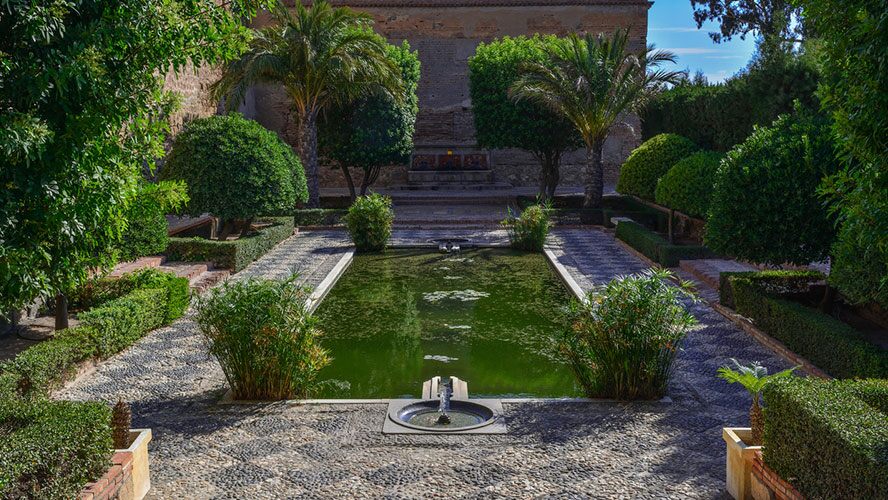
The Catholic Monarchs built a castle on the highest part of the Alcazaba. They also built a chapel, the Ermita de San Juan, atop the fortress’ former mosque.
The 1522 earthquake severely damaged the city and the Alcazaba. A garden was built on top of the most damaged section and designed in an Alhambresque fashion.
In the 18th century, King Carlos III commissioned the construction of the Campana de la Vela in the wall that separates the first and second compound. The last time the Alcazaba was used for defensive purposes was during the First Carlist War in 1836. The Alcazaba was declared an Artistic Heritage Monument in 1931.
A tour of the Alcazaba de Almería
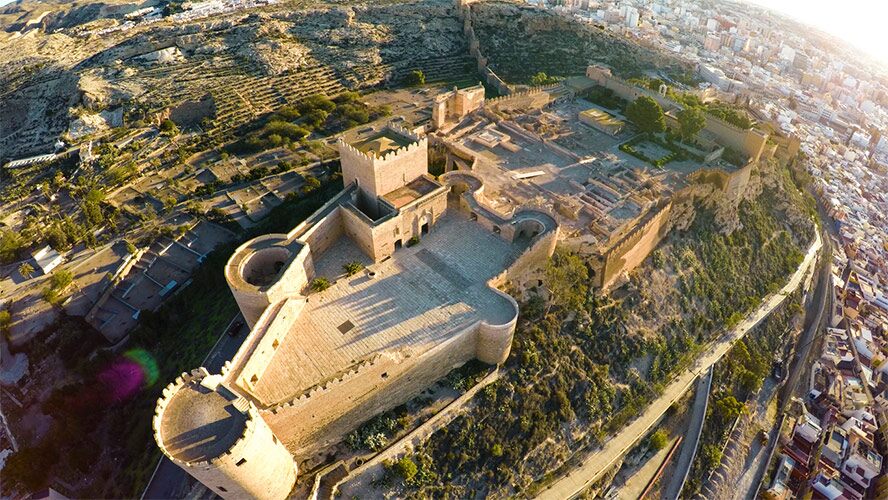
The Alcazaba of Almeria is a relic of Spain’s fascinating history and it has managed to withstand the test of time. Even though its original glory can never be recovered, it still remains a striking monument to visit. Set aside at least two hours to explore the fortress – it occupies an impressive 43,500 m2.
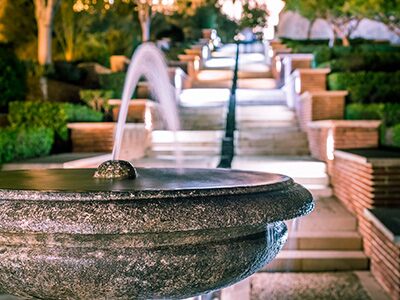
The Alcazaba is surrounded by crenelated walls and the horseshoe-shaped entrance is a clear example of Moorish architecture.
The first compound was residential, with houses, baths and other types of infrastructure. After being severely damaged by the 1522 earthquake, it was replaced by lush gardens with water fountains – very much like the Alhambra. The battlements afford magnificent views of the cityscape and coastline, and the 11th-century Muralla de Jaydán.
The second compound houses the ruins of the palace built by the Taifa ruler Almotacín. It also houses a chapel, the Ermita de San Juan, built by the Catholic Monarchs, on the site of a mosque
The highest section, the third compound, houses a castle that was also built by the Catholic Monarchs. It was completed during the reign of King Carlos I. Today, the tower houses an art gallery which is open to the public.
Fun facts about the castle
The Alcazaba is not the only interesting attraction in the area. There are many other fascinating landmarks waiting to be discovered.
The house-caves of Chance
A suite of bright colours adds a dazzling touch to the façades of these curious cave dwellings, located along the hillside beside the Alcazaba. They were traditionally part of the gypsy ghetto but are now part of an urban revitalisation project.
The Alcazaba: the perfect medieval film set
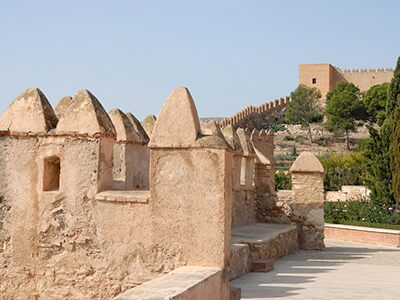
The Alcazaba is a prime filming location for a number of popular series and films, including Cleopatra (1963); Conan the Barbarian (1982); Indiana Jones and the Last Crusade (1989); and the upcoming Marvel blockbuster Wonder Woman 1984, set to premier in 2020. There is just something captivating about this monumental medieval fortress that has filmmakers coming back.
Games of Throne fans may also recognise the Alcazaba: it was used for filming parts of the Water Gardens, the private retreat to House of Martell, rulers of Dorne, in the sixth season.




































































